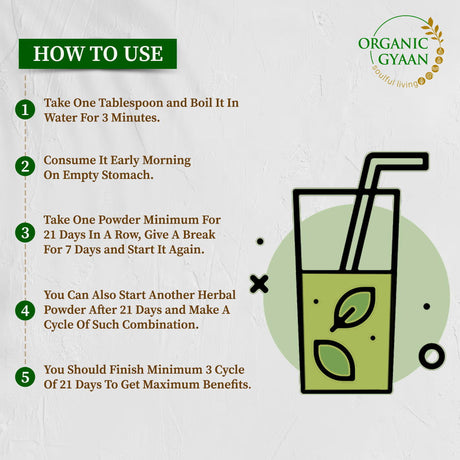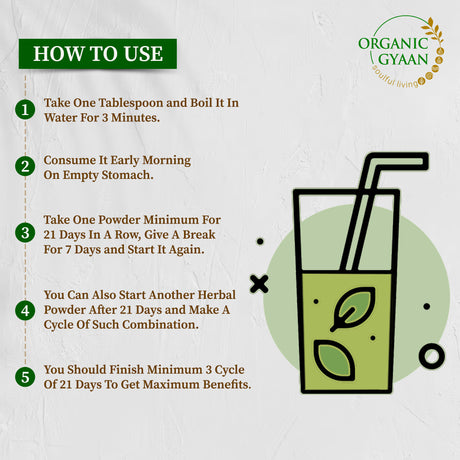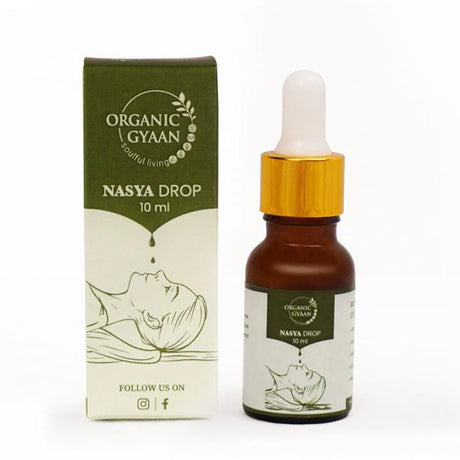Have you ever thought about how our bodies utilise the food we consume? It’s like a fascinating orchestra playing inside us, with different organs working together in harmony. But sometimes, this symphony hits a sour note, leading to health challenges like diabetes. Unlike a catchy tune, this condition occurs when the pancreas decides to go rogue and stops producing enough insulin. Without this crucial hormone, our cells can't grab the glucose they need, resulting in high blood sugar levels. So, let's explore type 1 diabetes and try to figure out its complexities.
What is Type 1 Diabetes?
Type 1 diabetes is a chronic illness that impairs the body's ability to generate insulin. Insulin is a hormone produced by the pancreas that helps in the regulation of blood sugar levels and the supply of energy to cells. Type 1 diabetes is an autoimmune illness that, in comparison to type 2 diabetes, is not influenced by lifestyle choices.
In type 1 diabetes, the immune system mistakenly attacks the beta cells in the pancreas that are important for insulin production. This results in a lack of insulin production or very limited production. Without insulin, glucose, which is our body's primary energy-giving substance from food, cannot reach our cells and instead accumulates in the bloodstream. The body may suffer harm as a result of high blood sugar levels caused by this.
Although it can happen at any age, type 1 diabetes typically develops in childhood, adolescence, or early adulthood. It is essential to take insulin daily if you have type 1 diabetes in order to keep your blood sugar levels stable and preserve good health. Although living with type 1 diabetes can be challenging, proper management and support can help limit complications and allow individuals to lead fulfilling lives.
Symptoms of Type 1 Diabetes
Here are some of the type 1 diabetes symptoms in adults: A quick guide
1. Excessive Thirst: Feeling unusually thirsty and needing to drink more fluids than usual (polydipsia).
2. Frequent Urination: Passing large amounts of urine throughout the day, including during the night (polyuria).
3. Fatigue and Lethargy: Experiencing persistent tiredness and a lack of energy.
4. Constant Hunger: Feeling hungry even after eating meals or snacks.
5. Slow healing Cuts: Noticing that cuts and wounds take longer to heal than usual.
6. Itchy Skin and Infections: Experiencing itching, skin infections, or frequent yeast infections.
7. Blurred Vision: Having difficulty seeing clearly or experiencing blurry vision.
8. Unexplained Weight Loss: Losing weight unintentionally without changes in diet or exercise.
9. Mood Swings: Feeling irritable, easily agitated, or having sudden changes in emotions.
10. Headaches: Experiencing recurring headaches or migraines.
11. Dizziness and Leg Cramps: Feeling lightheaded, dizzy, or experiencing cramps in the legs.
12. Sudden Onset: Symptoms can arise suddenly, particularly in children, teenagers, or young adults, within a few weeks or months.
It's crucial to remember that in order to receive a good diagnosis, it is advised that you visit a doctor if you experience these symptoms. They can conduct a simple test to determine if they are a result of type 1 diabetes. Type 1 diabetes, if left untreated can result in diabetic ketoacidosis, a serious illness (DKA).
Remember, recognizing the signs of type 1 diabetes and seeking medical attention promptly is crucial for managing the condition effectively.
What causes Type 1 Diabetes?
These are some of the type 1 diabetes causes: Unravelling the mystery
1. Genetics: Research shows that genes play a significant role in the development of type 1 diabetes. If one or both parents have type 1 diabetes, there is a higher risk for their child to have it too. For instance, if a father has type 1 diabetes, the child's risk is about 1 in 17. If the mother has type 1 diabetes and gives birth before the age of 25, the risk is around 1 in 25. After 25, the risk decreases to 1 in 100. When both parents have type 1 diabetes, the risk ranges from 1 in 4 to 1 in 10.
2. Environmental Factors: The environment also plays a role in type 1 diabetes. Cold weather has been associated with a higher prevalence of the condition. People living in colder climates are more prone to type 1 diabetes compared to those in hot climatic zones.
3. Viral Exposure: Harmful viruses can attack the insulin-producing cells in the pancreas, destroying them and triggering an immune system response. The immune system, designed to fight off infections, can mistakenly attack the pancreas's cells in type 1 diabetes.
4. Early Diet: Early diet has been identified as a potential cause. Studies suggest that if infants are exclusively breastfed and introduced to solid foods later on, they have a lower risk of developing type 1 diabetes.
5. Immune System Fault: Type 1 diabetes arises from a fault in the immune system's response. The immune system mistakenly identifies and kills off the beta cells in the pancreas responsible for insulin production. As these cells are destroyed, the body loses control over its blood glucose levels, leading to the onset of diabetes symptoms.
While the exact cause of this initial immune system fault remains unknown, current research points to a combination of genetic predisposition and environmental triggers. Identifying the precise trigger for the immune system's abnormal behaviour is still a subject of ongoing investigation, but evidence suggests that viruses may be the most likely culprits.
Treatment for Type 1 Diabetes
Managing Type 1 Diabetes involves a combination of lifestyle changes and medical interventions to ensure optimal blood glucose control. Here's what you need to know about the treatment options:
1. Insulin Administration:
-
Insulin injections or an insulin pump are the primary methods to regulate blood sugar levels.
-
Insulin cannot be taken as a tablet due to digestion processes breaking it down.
-
Insulin doses must be carefully adjusted based on individual needs and carbohydrate intake.
2. Blood Glucose Monitoring:
-
Regular monitoring of blood glucose levels is crucial for effective management.
-
A continuous glucose monitor or a blood glucose monitor can be used to measure blood sugar.
-
CGMs provide real-time glucose readings to help maintain stable blood sugar levels.
3. Healthy Eating and Exercise:
-
Following national guidelines for healthy eating benefits everyone, including those with Type 1 Diabetes.
-
Learning to recognize and count carbohydrates aids in accurate insulin dosing.
-
Regular exercise, at least 30 minutes daily, helps regulate energy absorption in the body.
4. Diabetes Healthcare Team:
-
A multidisciplinary healthcare team offers support, advice, and treatment.
-
The team may include a general practitioner, endocrinologist, dietitian, diabetes educator, podiatrist, exercise physiologist, psychologist, and others.
-
Regular check-ups with the healthcare team are recommended for preventive care.
5. Diagnosis and Testing:
-
Diagnosis involves evaluating symptoms, family history, and laboratory tests.
-
Tests such as the A1C test and random blood sugar test help confirm the presence of diabetes.
-
Additional tests may be performed to assess insulin production and autoimmune factors.
6. Insulin Therapy:
-
Insulin therapy is crucial for individuals with Type 1 Diabetes.
-
Long-acting (basal) and short-acting (bolus) insulin injections are commonly used.
-
Insulin pumps are an alternative to injections, and your healthcare team can provide guidance.
7. Healthy Lifestyle Habits:
-
Following a balanced diet with proteins, healthy fats, and fibres is essential.
-
Avoiding junk foods and sweets helps maintain stable blood sugar levels.
-
Staying physically active and exercising regularly aids in glucose control.
8. Pancreas Transplant:
In severe cases, pancreas transplant may be considered to reduce the reliance on insulin injections.
This option is explored when other treatments are unable to maintain stable blood sugar levels.
By taking charge of your health with the support of your healthcare team, you can effectively manage Type 1 Diabetes, control glucose levels, and minimize the risk of long-term complications. Remember, Type 1 Diabetes requires lifelong treatment, and proper management empowers you to live a healthy and fulfilling life.
Foods to consume for Type 1 Diabetes
Here's the list of foods to consume in Type 1 diabetes:
1. Millets: Millets, whole grains rich in dietary fibre, can help manage Type 1 Diabetes. They have a low glycemic index, reducing blood sugar spikes. High in magnesium, they support insulin production. Their phenolic compounds and antioxidants improve pancreatic function, thereby aiding insulin production. Incorporating millets can offer long-term health benefits for Type 1 diabetics.
2. Whole Grains: Choose whole grains like whole wheat, brown rice, oats, and quinoa over refined grains. They have a slower effect on blood sugar levels and provide essential nutrients.
3. Nuts and Seeds: Include almonds, walnuts, pumpkin seeds, and chia seeds. They are a good source of healthy fats and protein and help slow down sugar absorption.
4. Leafy Vegetables: Incorporate green leafy vegetables such as spinach, kale, and cabbage. They are low in carbs, rich in nutrients, and have minimal impact on blood sugar levels.
5. Broccoli: Enjoy broccoli as it is low in digestible carbs and contains fibre, vitamins, and minerals. It helps maintain stable blood sugar levels.
6. Beans: Include kidney beans, black beans, and chickpeas. You will stay fuller for longer because they are an amazing source of protein, fibre, minerals, and antioxidants.
7. Sweet Potatoes: Enjoy sweet potatoes in moderation as they are high in carbs but have a low glycemic index. The fibre in sweet potatoes helps regulate blood sugar levels.
8. Citrus Fruits: Oranges, lemons, and grapefruits are rich in vitamin C and fibre. They have a low glycemic index and can be consumed as whole fruits for maximum fibre benefits.
9. Dairy Products: Opt for low-fat or skimmed milk and unsweetened yoghurt and curd. Watch your portion sizes to control blood sugar levels effectively.
Managing blood sugar levels can be a challenging task for individuals with diabetes, but it's not an impossible feat. With the increasing adoption of a healthy lifestyle and a complete understanding of the condition, many people have successfully transformed their blood sugar levels. However, it's essential to remember that even if you take all the necessary preventive measures, type 1 diabetes can still affect you
Remember, taking care of your health is crucial, and if you are looking for an extra boost, try incorporating our range of organic food products into your diet for added wellness benefits. Stay healthy, stay informed, and keep taking proactive steps towards managing type 1 diabetes.





















